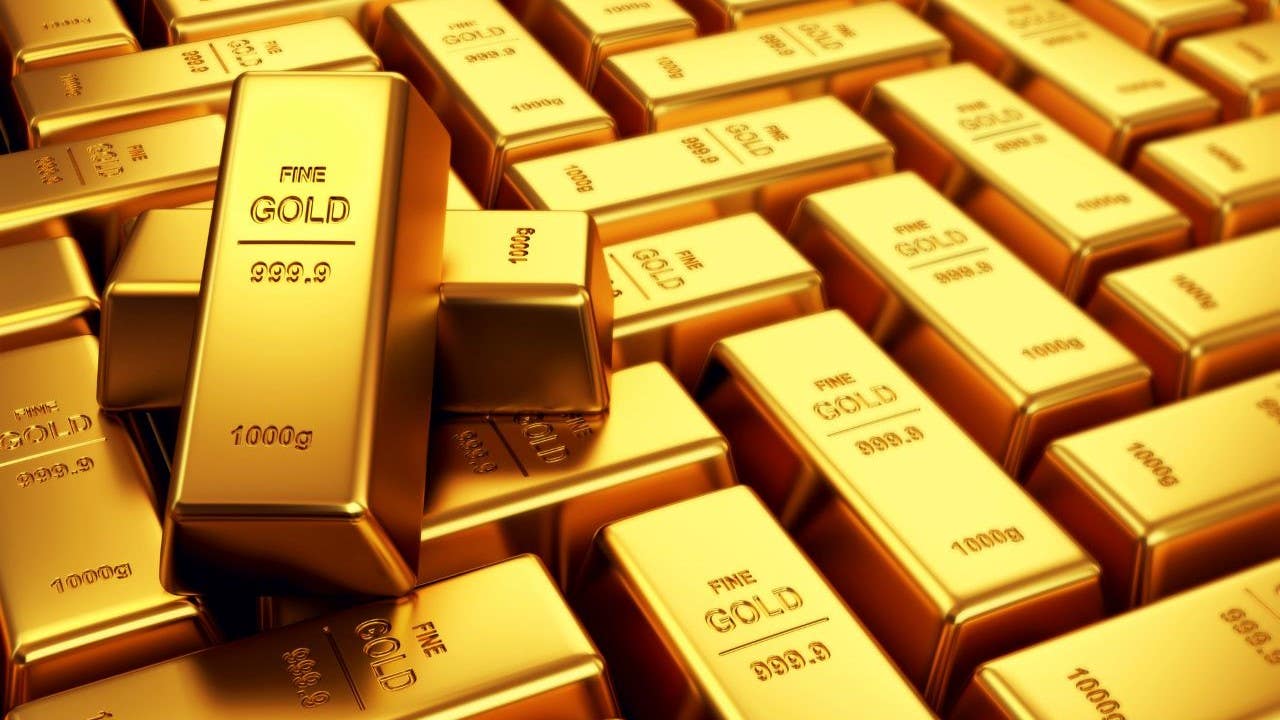Haiderpur Wetland

The Union Environment Ministry has recently directed Uttar Pradesh to immediately stop the further draining of the Haiderpur wetland and ensure that dewatering the protected Ramsar site for farming needs takes place only when migratory birds are not nesting at the location.
About Haiderpur wetland:
- It is a human-made wetland that was formed in 1984 by the construction of the Madhya Ganga Barrage on a floodplain of the River Ganga.
- Location: Muzaffarnagar-Bijnor border in Uttar Pradesh.
- It is located within the boundaries of Hastinapur Wildlife Sanctuary.
- This provides habitat for various animal and plant species, including around 30 species of plants, 300 species of birds (102 waterbirds), 40 fish and more than ten mammal species.
- It supports more than 15 globally threatened species, such as the critically endangered gharial and the endangered hog deer, black-bellied tern, steppe eagle, Indian skimmer and gold mahseer.
- It has been recognised as the 47th Ramsar site of India in 2021.
About Ramsar Convention (Convention on Wetlands of International Importance):
- It is an intergovernmental treaty that provides the framework for the conservation and wise use of wetlands and their resources.
- The Convention was adopted in the Iranian city of Ramsar in 1971 and came into force in 1975.
- It is the only global treaty that focuses specifically on wetlands.
- One key instrument of the Convention is its List of Wetlands of International Importance (the “Ramsar List”).

